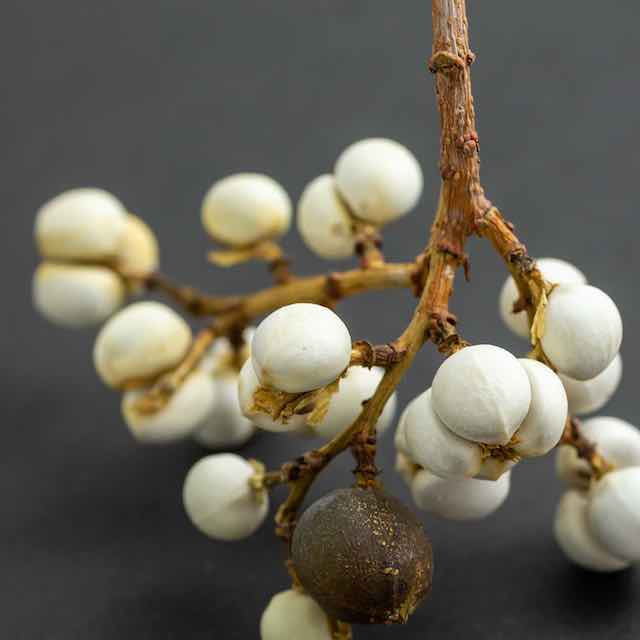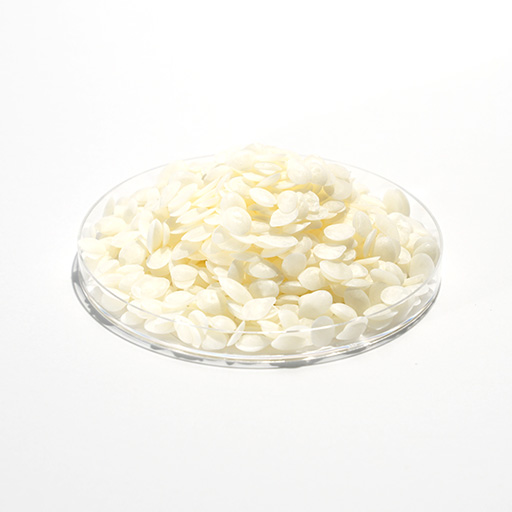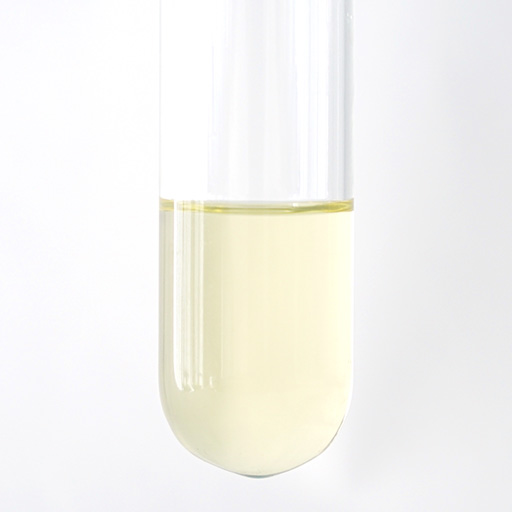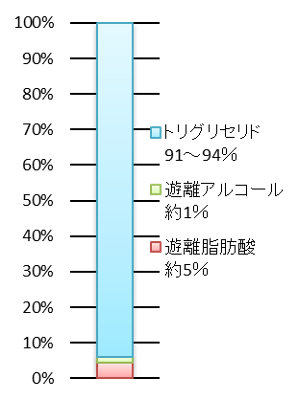
Chinese wax
During the mid-Edo period, Uesugi Yozan, the head of the Uesugi family, nurtured the tiny spark of reform that remained within the domain, which was still suffering from poverty and confusion, and raised the idea of reform throughout the domain, ensuring that not a single person died of starvation during the famine. He worked hard to overcome poverty and brought about the successful reform of the Yonezawa clan. When the first person continues to think about a wonderful future, that feeling is transmitted to many people who come after them, and that feeling is passed on step by step over 100 years until a single tree becomes a forest. That's what beliefs used to be. Takayama's planting of one million lacquer trees is a testament to his famous quote, ``If you do it, it will happen, if you don't do it, it will happen.'' This wonderful idea was strongly inherited by Takayama's subordinates, and even after the Meiji era, Yonezawa produced many of Japan's leading agricultural engineers. Over time, the lacquer used in Japan changed from being made in Japan to being made in China, but in recent years, a new national policy has been to use Japanese lacquer for the restoration of temples and shrines, and Japanese lacquer is gradually making a comeback.
Characteristics of Chinese wax
- Excellent compatibility with oil.
- It has lower hardness than Japan wax , which is also a member of the Urinaceae family.
Field of use
Cosmetics field
It is widely used in cosmetics such as pomades and ticks.
About the derived plant (sumac)
Sumac is a deciduous tree belonging to the Anacinaceae family and the genus Sumac, and can reach a height of 10 to 15 meters. Also, like haze, sumac is a deciduous tree belonging to the sumac family, and is known for its beautiful autumn leaves. There are over 3 million sumac trees growing in China. In Japan, it is cultivated for collecting lacquer and is distributed throughout the country.
China wood wax product series list
| product series | Product name | shape |
|---|---|---|
| Futuristic products (functionality/culture) | - | - |
| F series (Pesticide free/Safe and secure) | - | - |
| NC series (high precision products) | - | - |
| Standard refined products | CT wax | pellet |
| SC-9001 | pellet | |
| SC-9002 | pellet | |
| Cost-oriented products | - | - |
China wax product performance comparison table
| Standard | |
|---|---|
| product name | CT wax |
| shape | pellet |
 | |
| Transparency after dissolution |  |
| explanation | A refined product of Chinese wood wax (100% urushi wax) that is compatible with food additives. |
| composition |  |
| acid value | < 50 |
| saponification value | 200~225 |
| Iodine value | 5〜30 |
| Melting point (℃) | 45~55 |
| peroxide value | - |
| Heavy metals (ppm) | < 20 |
| Arsenic (ppm) | < 2 |
| specific gravity | 0.98(25℃) |
| Penetration (100g/5s) | - |
| Viscosity (cP) | - |
| Flash point (℃) | 242 |
| Compatible standards |


